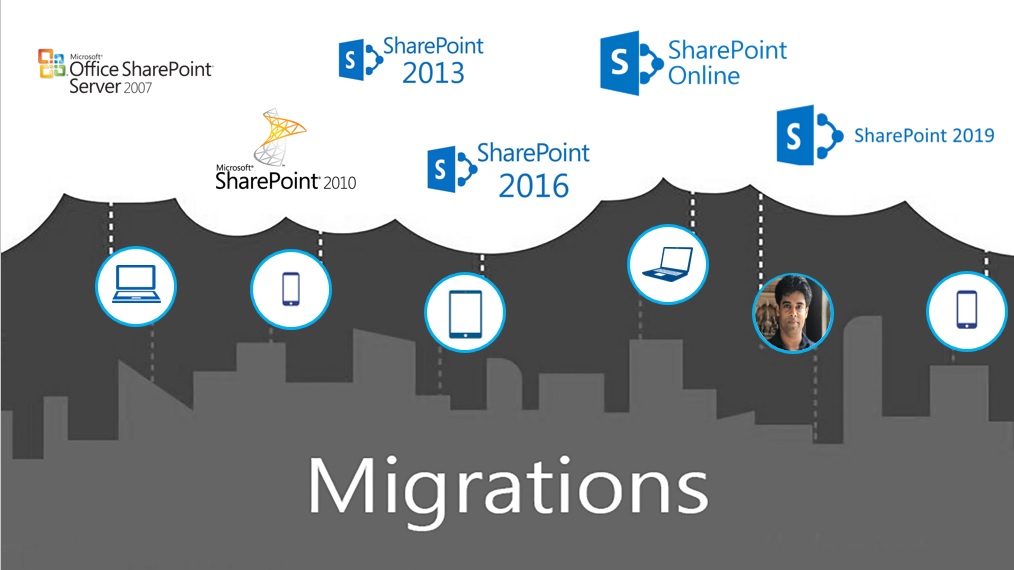SharePoint Migration: Critical path
SharePoint Migration
It’s a method of transferring or transforming the existing content, business processes and user permissions from an existing SharePoint environment to a newer SharePoint version (future environment) in order to leverage the latest features.
Migration is sometimes inevitable as technology evolves and/or the business processes need to be redesigned to meet the current demands or business/ organization growth calls for it. Sometimes migration is not an option anymore and becomes mandatory – this is mostly driven by Microsoft Support termination of the current SharePoint version you are running.
Looking at the statistics, almost 70% of SharePoint migrations are driven by the Microsoft Extended support termination.
Where do you stand today?
When is migration critical for you? What options do you have?
Microsoft Extended support termination… What is this anyway?
It means you cannot avail Microsoft’s non-security hotfixes for your SharePoint version. But you can still continue to receive the security updates as part of the monthly rollouts or Microsoft’s Security-only update.
Another important point to keep in mind is that Extended Support termination ends all warranty claims on your SharePoint product. New features, design changes or assistance on any technical issues are not supported either.
SharePoint 2007 Migration
Based on this graph, if you have SharePoint 2007 or lower it is very critical that you migrate to a newer version ASAP as the extended support has already ended.
Recommended migration approach is to move SharePoint 2007 to SharePoint 2010 and then move to any newer version if you are migrating manually.
If you are performing tool based migration you can do the migration directly from SharePoint 2007 to newer environment (of course there are some limitations).
SharePoint 2010 Migration
Form the graph, SharePoint 2010 life is ending soon and it is important to start planning the migration to newer version sooner than later. There are many ways to migrate the SP 2010 farm. If you are moving to SharePoint Online I would suggest you use a tool based migration option.
SharePoint 2013 Migration
SharePoint 2013 is a very solid version among all SharePoint versions so far and it has the base framework for all feature SharePoint versions too. Many new concepts and features were introduced in this version. You can easily upgrade this version to any new version (except SharePoint Online) using database detach/attach method.
Please refer here for an ultimate guide for the SP2013 upgrade
Summary
SharePoint migration is not simple as copying things and pasting it in a different folder. It requires lots of planning, understanding your business needs, and identifying the capabilities you need in the new version and then creating a strategy for your migration.
Also, regardless of the drivers for migration, enabling user adoption is important. Depending on the current SharePoint version and the target SharePoint version you are migrating to, adoption can be either easy and self-driven, or might require much more intensive user training (for example, if you are migrating from a much older version like SharePoint 2003 to SharePoint 2013). So, user adoption through training and communications are additional key items to plan for during migration.
Good luck with your migration!

